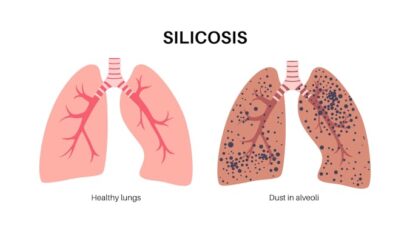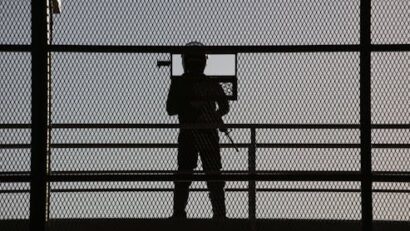
Our ancestors didn’t eat 3 meals a day. So why do we?
ShutterstockPop quiz: name the world’s most famous trio? If you’re a foodie, then your answer might have been breakfast, Läs mer…
Nyheter och länkar - en bra startsida helt enkelt |Oculus lyx vitae

ShutterstockPop quiz: name the world’s most famous trio? If you’re a foodie, then your answer might have been breakfast, Läs mer…

Around 10% of underground tunnel workers in Queensland could develop silicosis, our new study has found. Silicosis is a serious, Läs mer…

With just over three weeks to go until the federal election, both major parties are trying to position themselves as Läs mer…
Election promises are a mainstay of contemporary politics. Governments cite kept commitments as proof they can be trusted, while oppositions Läs mer…

The federal election should be an earnest contest over the fundamentals of Australia’s climate and energy policies. Strong global Läs mer…

Columbia University has been in the crosshairs of the Trump administration. Rudi Von Briel/Photodisc via Getty ImagesMany American universities, Läs mer…
Detta inlägg post publicerades ursprungligen på denna sida this site Läs mer…

A prison officer guards a gate at the Terrorism Confinement Center in El Salvador, where hundreds of migrants from the Läs mer…